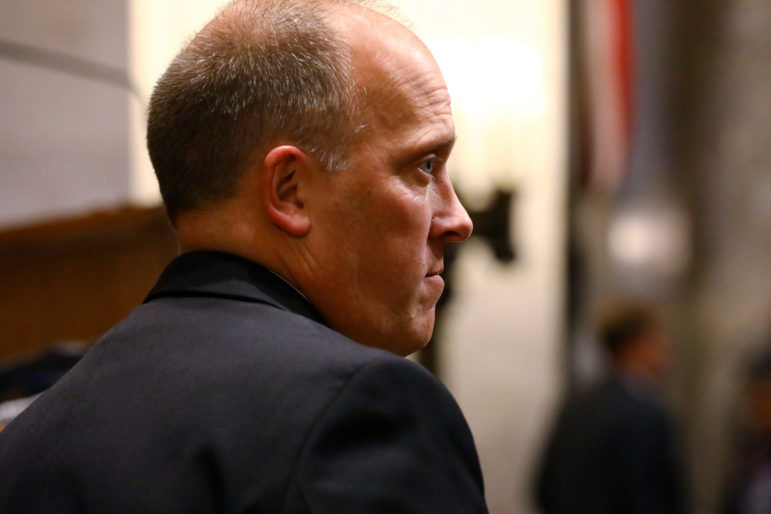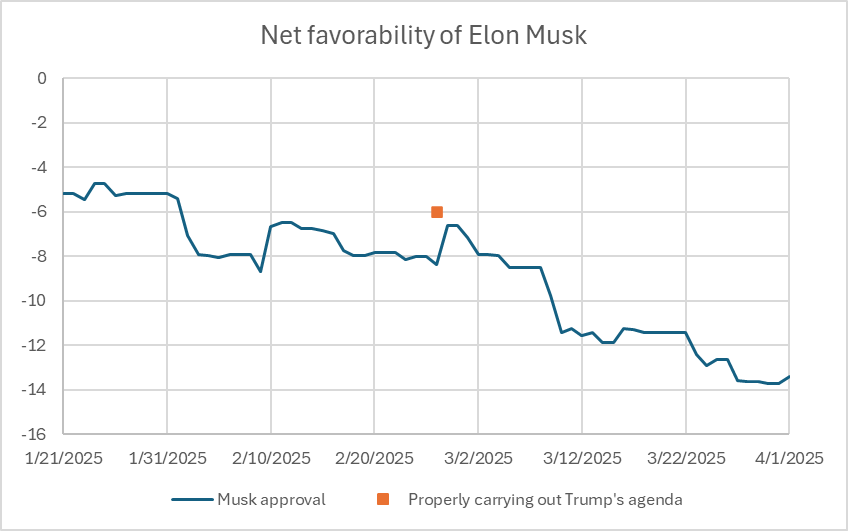How Brad Shimel Defeated Himself
His embrace of Trump looked like a winning bet. Until it didn't.
Since last year’s spring election for Wisconsin Supreme Court Justice, one widely accepted theory has dominated discussion about the causes of Susan Crawford’s strong performance — that it basically continued a trend of liberal justices winning the state’s high court races.
In the first three Supreme Court elections shown in the graph, beginning in 2025, there was no overall consistent story. In a low turnout election in 2015, liberal justice Ann Walsh Bradley won another ten-year term.
2016 voting more than doubled compared to 2015, resulting in a win for the very conservative Rebecca Bradley. (The two Bradleys are not related). The high turnout in this election was probably due to the fact that the Democratic and Republican presidential primaries were on the same ballot.
In 2017, interest in the Supreme Court election hit a nadir among liberals. No liberal candidate decided to run against Annette Ziegler in her quest for another term on the court.
The following seven years saw a much more consistent pattern, with ever-increasing turnout and liberals winning all but one of the races. The big exception to that pattern was the narrow win by Brian Hagedorn in 2019. As a former chief counsel to Governor Scott Walker, Hagedorn was widely expected to join the court’s conservatives. Instead, he has turned out to be more of a swing justice.
What accounts for the liberal domination of Supreme Court elections since 2018? This phenomenon is particularly striking considering that it started immediately following the 2017 election, which no liberal candidate contested.
Part of the reason behind recent success by liberal candidates for the Supreme Court might be attributed to their conservative opponents. Consider the case of Dan Kelly, who was appointed by Walker and ran unsuccessfully in 2020 and 2023. When he was on the court, he joined Rebecca Bradley as the most ideological of the justices, often attacking his colleagues in his opinions. This attitude that only he was privileged with the truth was clearly evident in his campaign for justice.
Brad Schimel presents a different issue. People want judges who are open-minded and willing to listen to both sides. Yet they recognize that judges are not a blank slate. Consider this question by the Marquette poll: “Should judicial candidates discuss during campaigns issues likely to come before them if elected so voters know what the candidates stand for or should they avoid talking about such issues in order not to seem to be pre-judging the issues?” 79% of respondents said they should. Yet, Schimel pushed even further than that, leaving a strong impression that he intended to be an ally of the Trump administration.
The following charts are based on calculations made by Nate Silver’s Silver Bulletin of the difference between the percentage of voters approving of Donald Trump compared to the percentage that disapproves. (In averaging the results from different polls, some polls are weighted more heavily depending on an analysis of their past performance.)
The next chart shows Trump’s net approval ratings in the period between his inauguration on January 21, 2025, and April 1, 2025, when the spring election was held. The net approval rating is calculated by subtracting the percentage of poll respondents who are unfavorable from the percentage favorable.
As the graph shows, American voters were unusually positive towards Trump immediately following his inauguration, with an almost twelve-point gap between those saying they were favorable to Trump and those unfavorable. The dashed line separates favorable results from unfavorable.
However, the good news for Trump was not to last. Having experienced the first two months of the MAGA regime, voters were not pleased. By mid-March that 12 point margin dropped to zero and by early April had turned to a negative 2 point margin.
The red line in this graph is based on national samples. The result of the only Marquette Wisconsin poll is shown by the dot, suggesting that Wisconsin voters were earlier than average American voters in turning on Trump.
The Silver Bulletin also aggregated poll Trump favorability results on four issues: immigration, the economy, trade, and inflation. As the next chart shows, only on immigration did Trump’s net favorability stay positive through April 1 of this year.
The Silver Bulletin started aggregating polls rating Elon Musk at the beginning of 2024. Early opinions were generally favorable. After all, this was the man who made electric vehicles cool.
As the next graph shows, Musk’s positive ratings had disappeared even before the Trump regime started, and they continued to go down afterwards. And Musk was very involved in the Wisconsin high court race, aggressively backing and spending millions to elect Schimel.
In short, Schimel had yoked his candidacy to Trump (and to a lesser extent Musk) at a time when their popularity was plummeting. With the April election, Wisconsin voters had the first opportunity to express their unhappiness with the direction the nation was going in. They couldn’t vote against Trump but they could and did vote against his fervent local supporter Brad Schimel.
If you think stories like this are important, become a member of Urban Milwaukee and help support real, independent journalism. Plus you get some cool added benefits.
Data Wonk
-
Was Gov. Evers 402 Year Proposal Legal?
 May 7th, 2025 by Bruce Thompson
May 7th, 2025 by Bruce Thompson
-
Did Schimel Get Too Partisan in Election?
 Apr 10th, 2025 by Bruce Thompson
Apr 10th, 2025 by Bruce Thompson
-
Foreign Tariffs Targeting Wisconsin’s Red Counties
 Mar 27th, 2025 by Bruce Thompson
Mar 27th, 2025 by Bruce Thompson
























